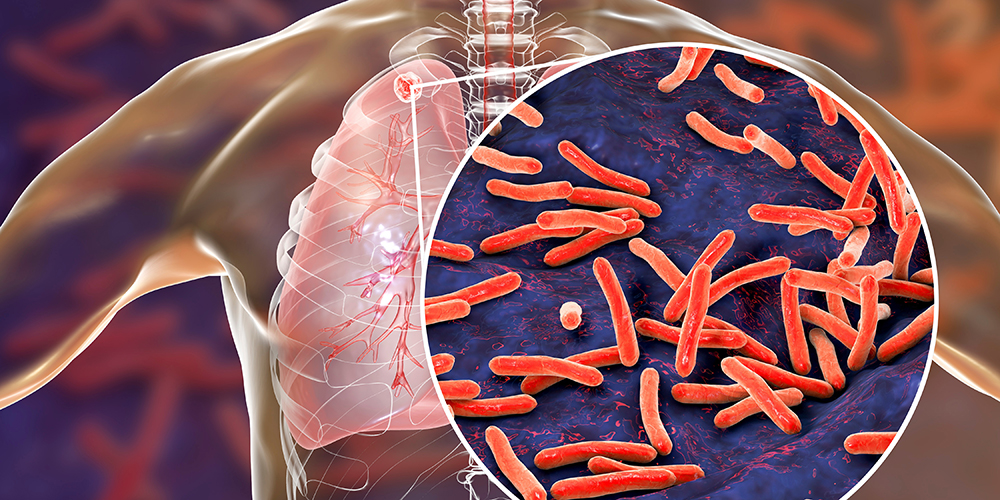A High Resolution Nano World
Magnetic resonance imaging (MRI) has become an integral and indispensable part of medical diagnostics. Inflammations, injuries as well as tumors can be detected using MRI without exposing the patient to high levels of radiation. Using MRI to study tiny nanometer scale objects is, however, a research field that only opened up recently. Martino Poggio is one of the pioneers trying new ways to image the nanoscale world with ever better resolution.
For the past few years, the professor for nanoscience at the Department of Physics at the University of Basel has been working on increasing the sensitivity of a microscope that will make three-dimensional MRI analysis of nanostructures possible.
He is developing multifunctional nanowires as sensors in a new type of scanning probe microscope, which may significantly enhance the sensitivity of MRI at the nanoscale. The wires can also be used for highly precise measurements of force, mass as well as electric and magnetic fields.
The results have important implications for the study of nanoscale phenomena. On the one hand, high resolution nano MRI with the capability to image molecules atom-by-atom would be revolutionary for chemists and structural biologists, allowing the mapping of the three-dimensional atomic structure of unknown macromolecules. On the other, the study and control of nanoscale ensembles of nuclear spins is crucial for the development of a solid-state quantum computer.
Martino Poggio was appointed to full professor of Nanotechnology at the Department of Physics at the University of Basel in summer 2020.
Atomic force microscopy with tip-integrated superconducting sensors
Martino Poggio's FET Open project Focused Ion Beam fabrication of superconducting scanning probes aims to develop nanometer-scale sensors to refine imaging techniques, increase resolution and display new types of contrast. Collaboration partners are the Universities of Tübingen and Zaragoza and IBM Research Zurich. The project is funded over 4 years with 3 million Euros by the European commission.



